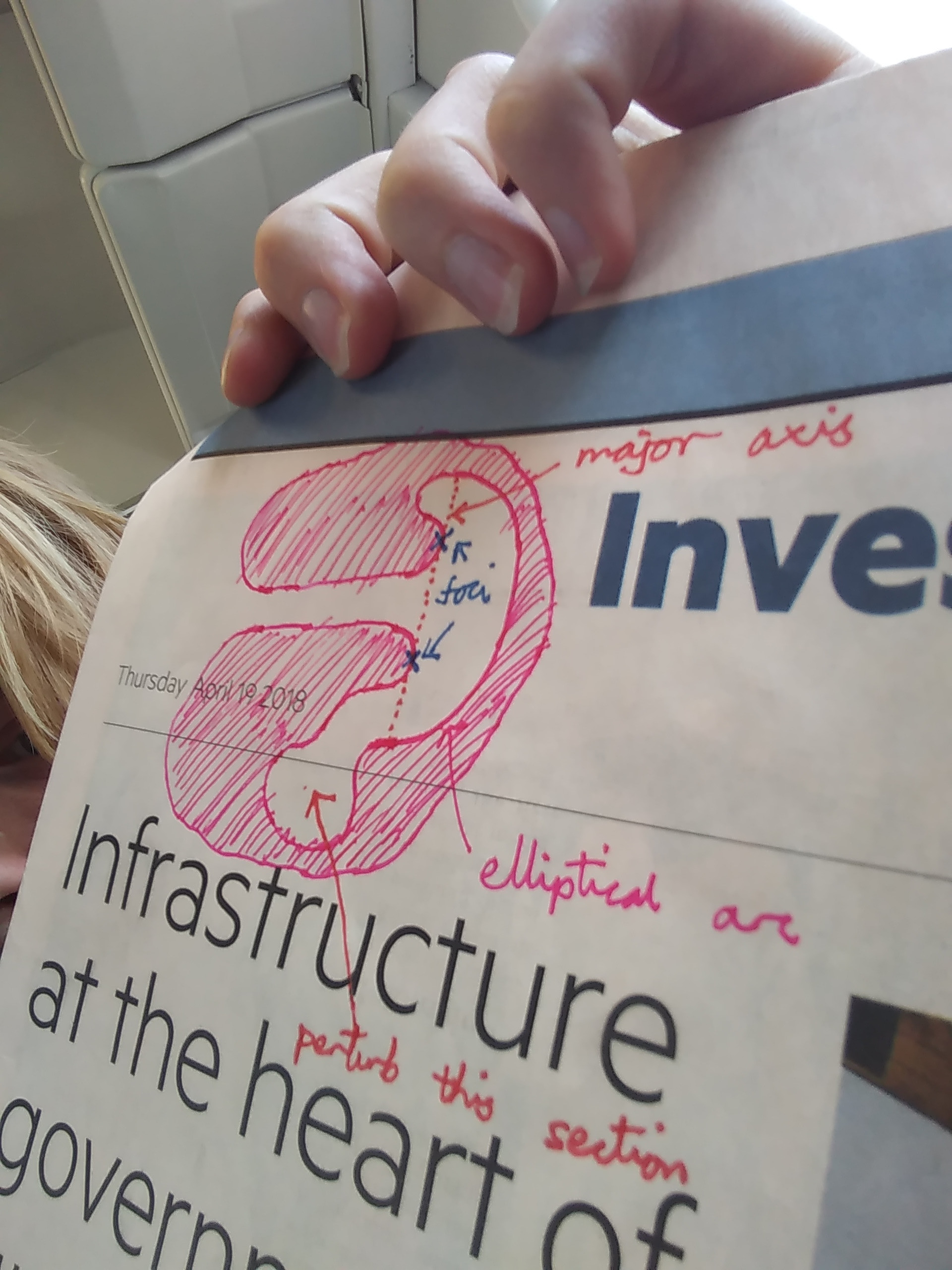This question is a rough analog of Kac's "Can One Hear the Shape of a Drum?" A closer analog is the recent "Bounce Theorem" that says, roughly, the shape of a polygon is determined by its billiard-bounce spectrum.1
Suppose there is a polygon $P$ hidden inside a disk $D$. All its edges are mirrors. You shoot in a light ray, and are able to observe the trajectory of the ray's emergence from $D$. If the ray hits a vertex, it dies; otherwise it reflects across edge perpendiculars.

Left: Polygon $P$ hidden by disk $D$. Right: The ray reflects from $P$'s edges.
Q1. Are there two incongruent polygons $P_1$ and $P_2$ that cannot be distinguished from the bounce behavior of external rays?
Here I want to ignore rigid motions of the polygons. By "bounce behavior" I mean comparing the geometry of the incoming and outgoing trajectories of the ray; what happens inside the disk is not known to you. Imagine all possible incoming rays. Can two incongruent polygons have the same bounce behavior for every possible ray, i.e., be equireflective?
One can think of several variants. Perhaps a bit more information might help prove a negative result:
Q2. Suppose you not only observe the in- and out-trajectories, but also the time it takes for the ray to emerge, effectively yielding the length of the ray path.
Perhaps it is easier to construct equireflective shapes if one could make use of sections of parabolas and ellipses and their special reflection properties:
Q3. Are there two incongruent piecewise-smooth Jordan curves $C_1$ and $C_2$ that cannot be distinguished from the bounce behavior of external rays?
1 Moon Duchin, Viveka Erlandsson, Christopher J. Leininger, Chandrika Sadanand. "You can hear the shape of a billiard table: Symbolic dynamics and rigidity for flat surfaces." 2018. arXiv abs.


